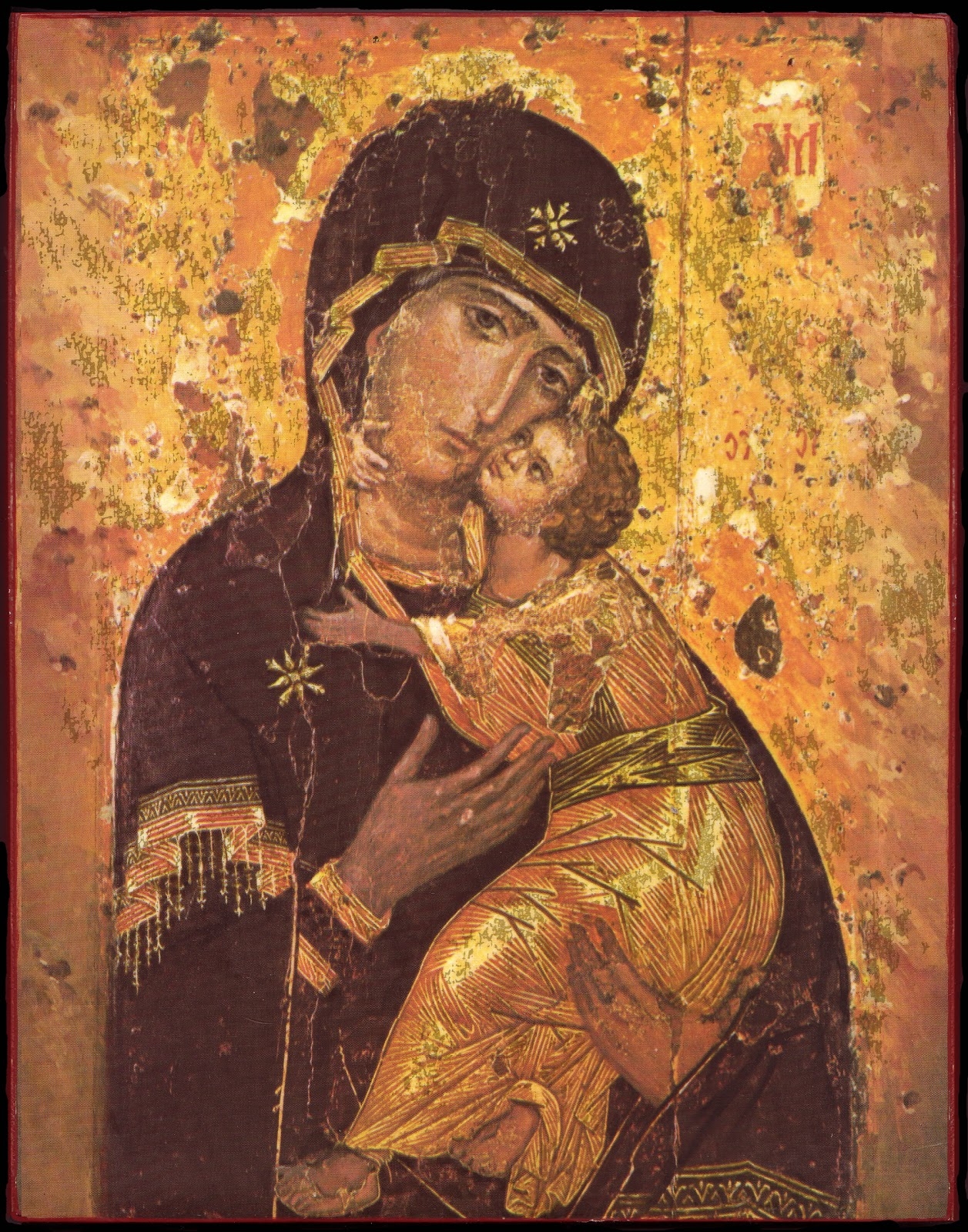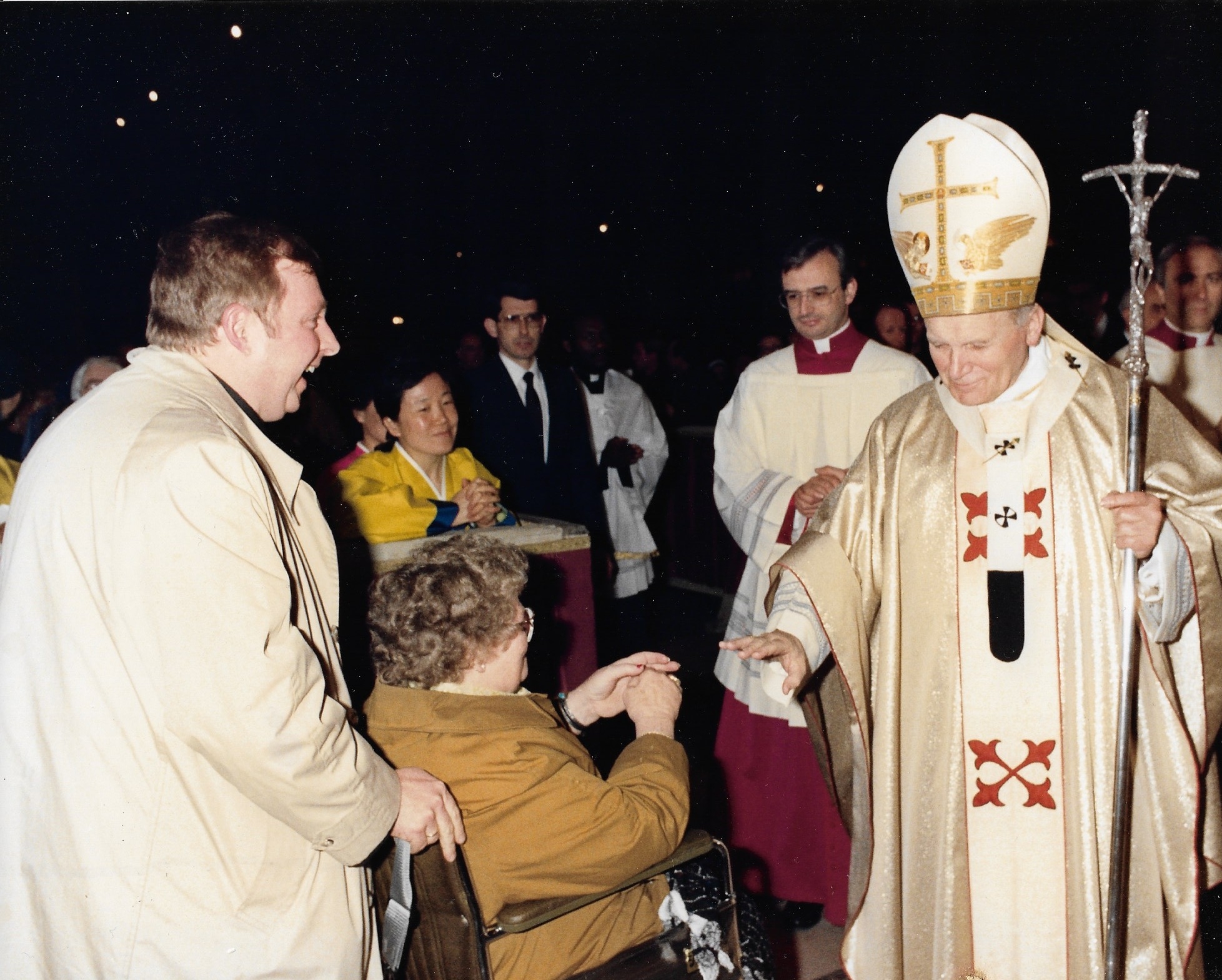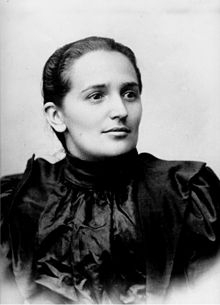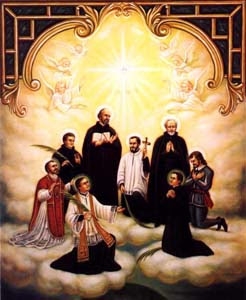These reflections are a result of more than 40 years of ministry as a Roman Catholic priest. Most of these years I spent in the Diocese of Charlotte which covers Western North Carolina. Now I am retired, and live in Medellín, Colombia where I continue to serve as a priest in the Archdiocese of Medellín.

If the Spirit of the one who raised Jesus from the dead dwells in you,
the one who raised Christ from the dead
will give life to your mortal bodies also,
through his Spirit that dwells in you. (Rom 8:1-11)
I always love that part in the Nicene Creed when we say, “for us and for our salvation.” It’s just a reminder that all that we celebrate in Christ is for a purpose: specifically “for us and for our salvation.” And so we ask the prayers of the holy Mother of God: "pray for us sinners now, and at the hour of our death. Amen."

I know that good does not dwell in me . . . . (Rom 7:18-25)
In today’s passage from the Letter to the Romans, Saint Paul is describing the internal conflict we all experience: our mind wants to do the good, but our bodies don’t cooperate. The power to overcome this very human struggle does not come from us . . . rather as Saint Paul declares: “Thanks be to God through Jesus Christ our Lord.” Today is the feast of Saint John Paul II. When she returned to her home after her trip to Rome, all my mother’s friends jokingly asked her: “Norma, who is that man in the picture with you and Morris?”

Do you think that I have come to establish peace on the earth? No, I tell you, but rather division.
From now on a household of five will be divided, three against two and two against three;
a father will be divided against his son and a son against his father,
a mother against her daughter and a daughter against her mother,
a mother-in-law against her daughter-in-law and a daughter-in-law against her mother-in-law.” (Lk 12:49-53)
You won’t find this saying of Jesus on any Hallmark greeting card! Why would any Christian community have saved this particular saying of Jesus? It must have reflected the real lived experience of the members of that community. Many early Christians lost their families of origin when they joined this “cult” called The Way. Early Christians had to be family to one another . . . the Christian community was the only family they had left. Perhaps that’s why we still use family terms for one another in the church: sister, brother, mother, and father. The church is the family where everyone belongs, no matter what. Saint Laura Montoya (better known as La Madre Laura) is the first Colombian to be canonized. She founded a religious community and worked with the indigenous peoples. She died on October 21, 1949. Her shrine is in Medellín, Colombia.

You also must be prepared,
for at an hour you do not expect, the Son of Man will come. (Lk 12:39-48)
I grew up in a church that seemed to love scaring people into being good with talk about the “end of the world.” There were so many sermons about the end times . . . you wouldn’t believe the number of sermons I heard on the European Common Market being the “beast” of the Book of Revelation. The gospel according to Luke tries to put an end to such distracting speculation. The church is in for the long haul. We don’t need to worry about the “when” of the end of the world (as my grandmother would say, “The world ends everyday when someone dies!”) . . . Luke’s gospel reminds us that it’s important that we stay busy doing the Lord’s work.

Blessed are those servants
whom the master finds vigilant on his arrival.
Amen, I say to you, he will gird himself,
have them recline at table, and proceed to wait on them. (Lk 12:35-38)
If the Lord finds us ready when he comes, he will serve us! Today is the feast of the North American martyrs who were found vigilant when the Lord came. The martyrs are St. Jean de Brébeuf (1649), St. Noël Chabanel (1649), St. Antoine Daniel (1648), St. Charles Garnier (1649), St. René Goupil (1642), St. Isaac Jogues (1646), St. Jean de Lalande (1646) and St. Gabriel Lalemant (1649). The eight were Jesuit missionaries who died in Canada and upstate New York.



